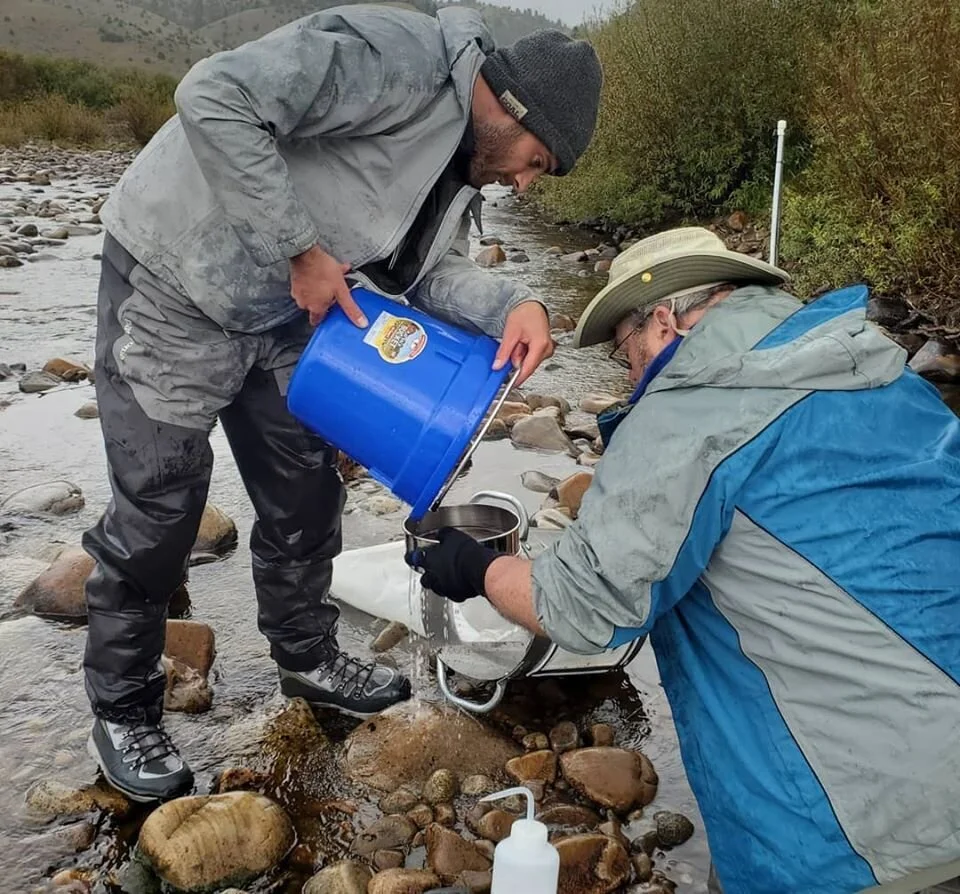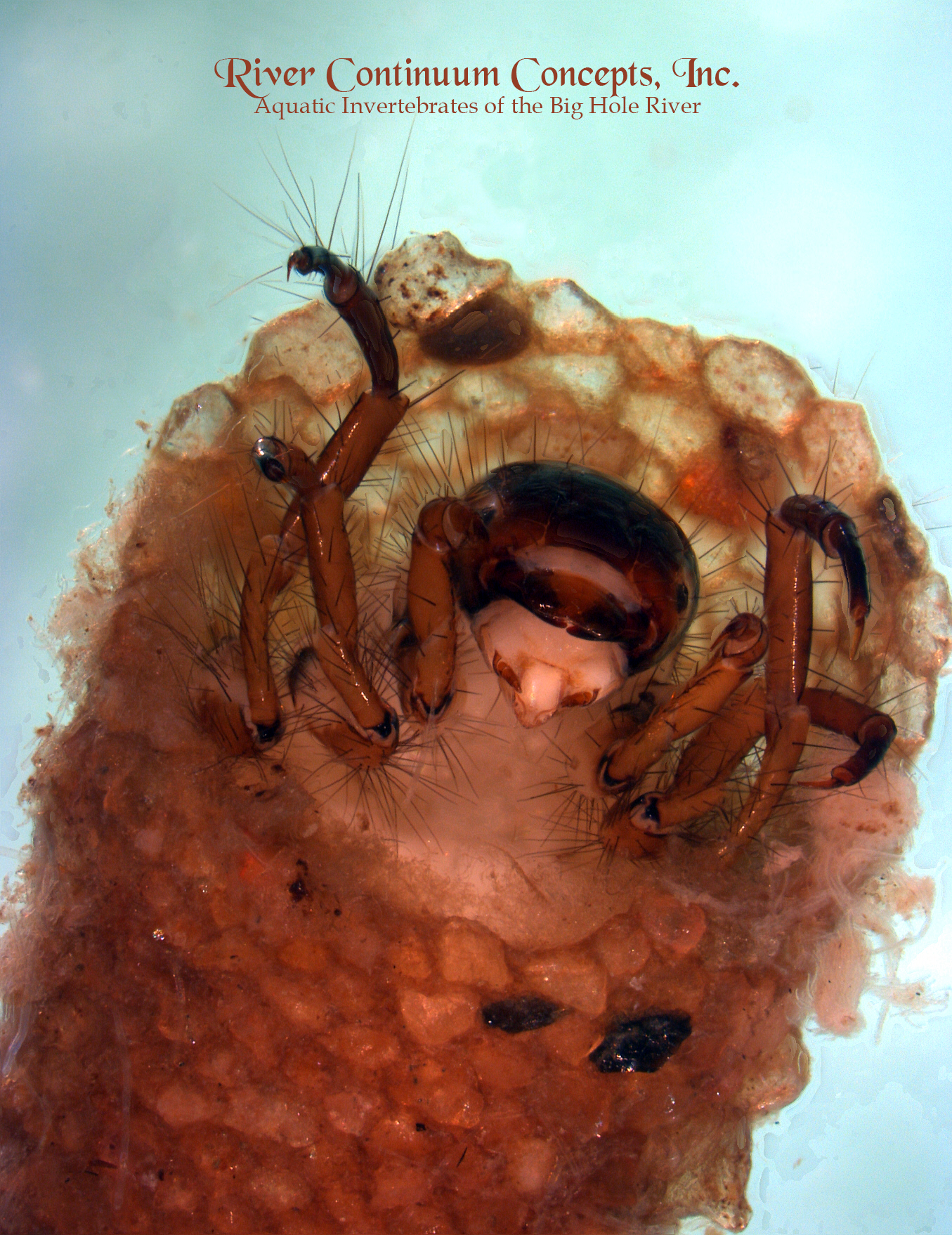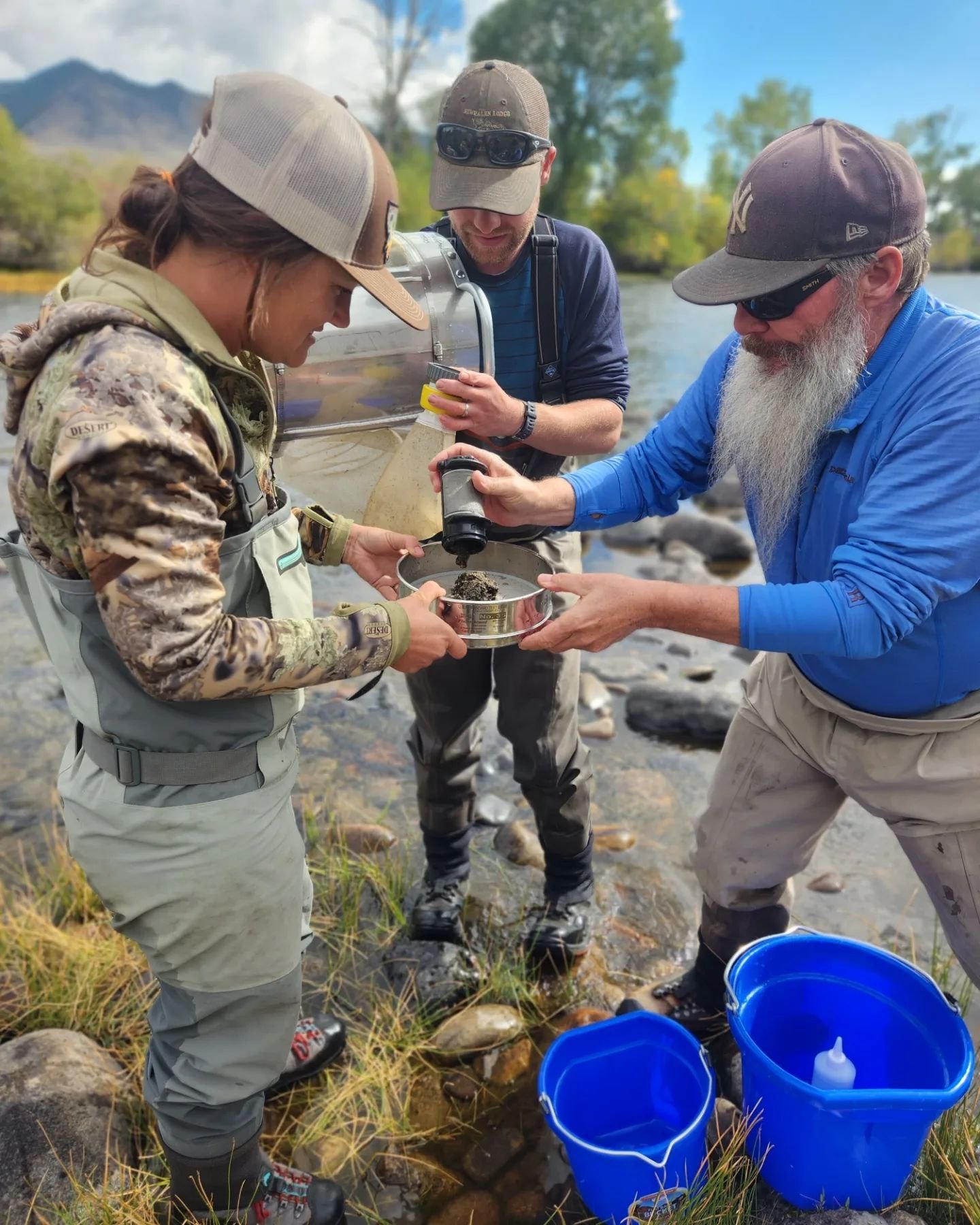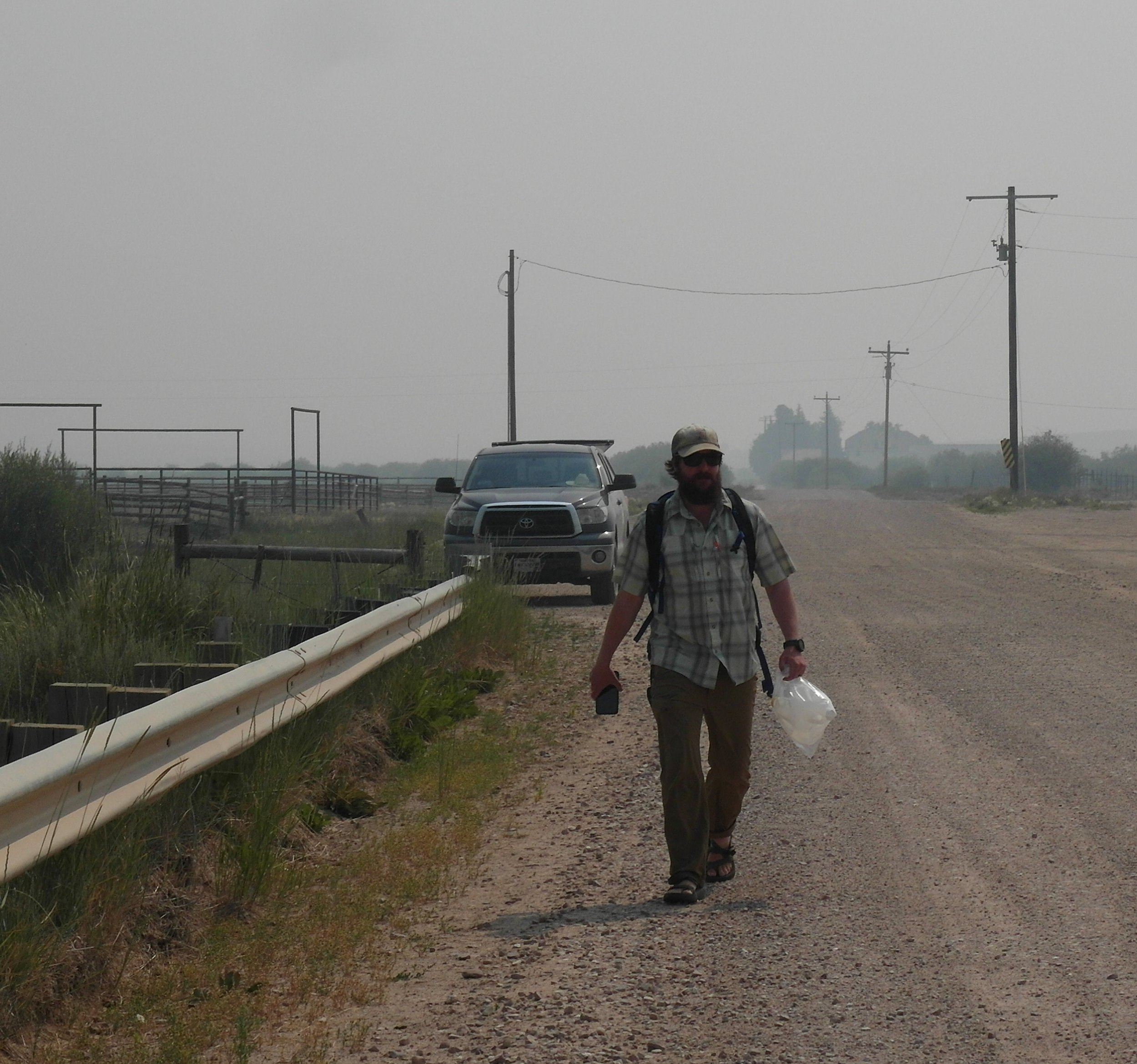
H20 Quality Monitoring
Project:
Long-term Water Quality Monitoring
Conducting a long-term water quality monitoring program is the primary focus of the Big Hole River Foundation. Two years of research & design have gone into building a project that will allow us to collect data to evaluate current conditions and share that data with state agencies. Our Sampling and Analysis Plan (SAP) was officially approved by the Montana Department of Environmental Quality in the spring of 2020.
There is a need for proactive, science-based management of this extraordinary resource. Currently, no agency or group is collecting regular water quality data on the Big Hole. Monitoring will provide baseline conditions against which we can evaluate impacts and the improvement or deterioration of water quality.
This fundamental, long-term data is the cornerstone on which any meaningful future work will stand. It will contribute to the conservation conversation and better inform stakeholders, allowing them to approach management decisions with clarity.
BHRF is addressing this specific data gap while collaborating with others to keep this valley “The Last, Best Place”.
Why is Monitoring Important?
Freshwater is a finite resource as essential to agriculture and recreation in Montana as it is to basic human existence. Monitoring provides the objective evidence necessary to make sound decisions on managing water quality today and in the future.
Water-quality monitoring is used to alert us to current, ongoing, and emerging problems; to determine compliance with drinking water standards, and to protect other beneficial uses of water.
Assessments based on monitoring data help law makers and water managers measure effectiveness of water policies, determine if water quality is getting better or worse, and formulate new policies to better protect human health and the environment.
Under the Clean Water Act, all surface waters are designated with specific beneficial uses that they should be capable of supporting, including aquatic life, recreation, irrigation, and drinking.
Monitoring water quality is therefore an essential function.
What Does the Program Entail?
Water Chemistry
Chemical measurements of water quality provide data on pollutant concentrations.
Specific parameters included in the chemical suite to be collected include: Total Persulfate Nitrogen, Nitrite+Nitrate, Total Phosphorus, Total Suspended Solids, Soluble Reactive Phosphorus, Turbidity, Dissolved Oxygen, pH, Specific Conductivity, Temperature.
BHRF collects this data from April - October at 7 mainstem sites and 3 primary tributaries over 150-miles, from Twin Bridges up to the headwaters.
Macroinvertebrates
Because mayflies, stoneflies, and caddisflies are sensitive to pollution and habitat degradation, the evaluation of relative abundance is often used to evaluate water and habitat quality.
Macroinvertebrate sampling can help us understand how chemical pollutants are affecting the biological health of the ecosystem.
BHRF collects these samples in late September, when most aquatic insects are in benthos (i.e. in the stream bottom).
























